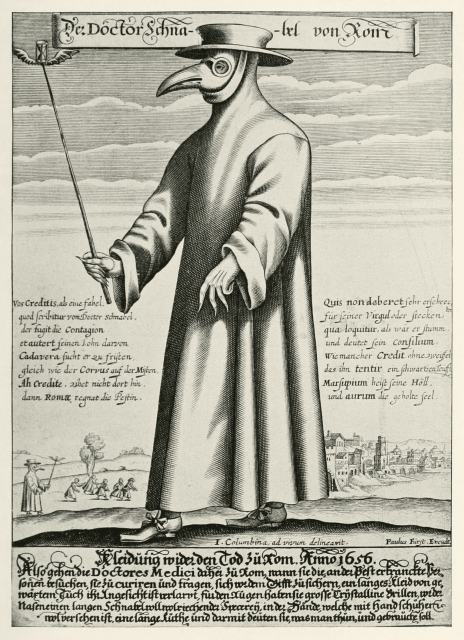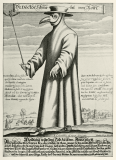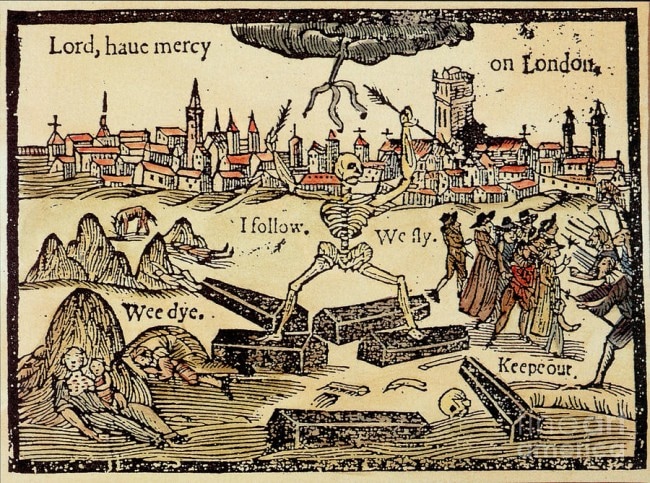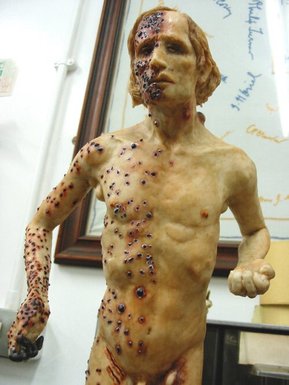Plague Doctor
SKU:
£9.85
£9.85
Unavailable
per item
100 % cotton tea towel, 80 x 50 cm.
The character depicted here is known as Doctor Beak of Rome, and is an engraving by Paul Furst from 1656. Plague Doctors sometimes wore beak like masks which were filled with aromatic material such as camphor, garlic, mint, or a sponge of vinegar. The belief was that these would protect the wearer from infectious elements in the air. The Black Death decimated the population of Europe in the seventeenth century, and in Britain may have killed an estimated one third of the population.
The character depicted here is known as Doctor Beak of Rome, and is an engraving by Paul Furst from 1656. Plague Doctors sometimes wore beak like masks which were filled with aromatic material such as camphor, garlic, mint, or a sponge of vinegar. The belief was that these would protect the wearer from infectious elements in the air. The Black Death decimated the population of Europe in the seventeenth century, and in Britain may have killed an estimated one third of the population.
The terror that the epidemic induced is conveyed very well in the woodcut below from 1625. In these times when death was never far away there were many depictions of the Danse Macabre, which did not descriminate about whom it selected.
If you have any doubts about the severity of the effects of the infection the startling sculture below by Eleanor Crook (www.eleanorcrook.com) conveys the horror with an intense immediacy.
The epidemics across the centuries also provided rich material for literature, both of the direct and metaphorical variety. Perhaps the most famous account is that of Daniel Defoe who provides his day by day journalistic observations of the disease in the London of 1772. In the twentieth century we have Albert Camus' The Plague (1947) which, as well as being a literal account, uses the disease as a metaphor for the fascist cataclysm of the previous two decades, and a warning of moral dereliction in the future.
It is difficult to believe that such costumes as worn by the Plague Doctor provided much reassurance to the unfortunate patients. It would be nice to think that times have changed, but take a look at the biological warfare suits that medical staff wear when treating patients with the Ebola virus and it would seem not.
The threat from modern viruses may equal that of the plague as they mutate and leap species. Increased air travel and a population increasingly concentrated in densely populated cities mean that a single disease outbreak could become a pandemic in a short space of time. If you really want to frighten yourself read The Coming Plague: Newly Emerging Diseases in a World Out of Balance by Laurie Garrett.
The threat from modern viruses may equal that of the plague as they mutate and leap species. Increased air travel and a population increasingly concentrated in densely populated cities mean that a single disease outbreak could become a pandemic in a short space of time. If you really want to frighten yourself read The Coming Plague: Newly Emerging Diseases in a World Out of Balance by Laurie Garrett.








